
 Masterplan ... launched at Cityscape Abu Dhabi.
Masterplan ... launched at Cityscape Abu Dhabi.
The Abu Dhabi Urban Planning Council (UPC) unveiled its Capital City District masterplan at the Cityscape Abu Dhabi exhibition last month.
Upon completion, the 4,900-hectare Capital City District will serve as a second downtown for Abu Dhabi City and will be home to 370,000 residents.
Strategically situated between Abu Dhabi International Airport and Mohammed bin Zayed City, the district will blend national government institutions, city life and Emirati culture through a fusion of districts connected by boulevards, shaded streets, and a world-class public transit system.
“The Capital City District masterplan is based on creating a culturally rich, architecturally attractive and sustainable urban environment,” said Falah Al Ahbabi, general manager of the UPC.
At the heart of the district will be a Federal Precinct, which will serve as the national seat of the UAE government. Federal ministries and government offices will line the Capital Boulevard, which will provide a dramatic connection to the Presidential Palace and the Grand Mosque on Abu Dhabi Island.
A total of seven boulevards, symbolising the seven emirates, will connect the city centre with surrounding districts. The boulevards also have a functional aspect as they will effectively move traffic in and out of the city while being lined with national institutions, landmark buildings, public art and monuments.
An interconnected street system is an integral part of the masterplan, as it is designed to encourage walking through shaded and landscaped streets. Furthermore, dedicated bike routes will be integrated into the streetscape offering safe and convenient alternative travel options. Retail streets will have shops, cafes, restaurants and plazas while the neighbourhood streets will be quieter and more relaxing.
All buildings and neighbourhoods will meet the highest standards for sustainable design and respect Arab traditions of design and architecture.
Education, research, sports and entertainment are also vital components of the masterplan. The district will include a concert hall, hotel venues, an exhibition and conference centre and sports venues surrounding a centrepiece 65,000-seat Khalifa National Stadium.



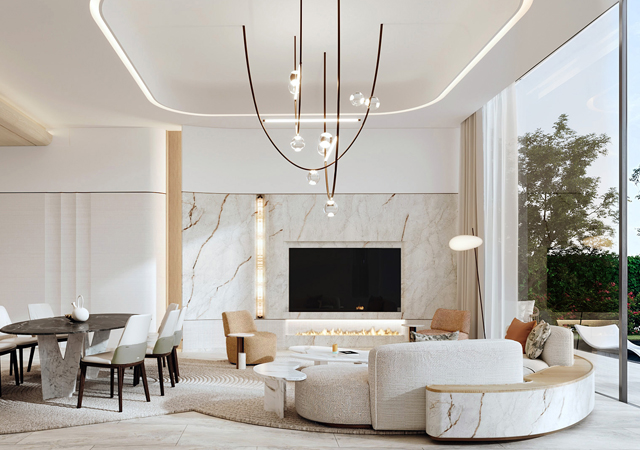
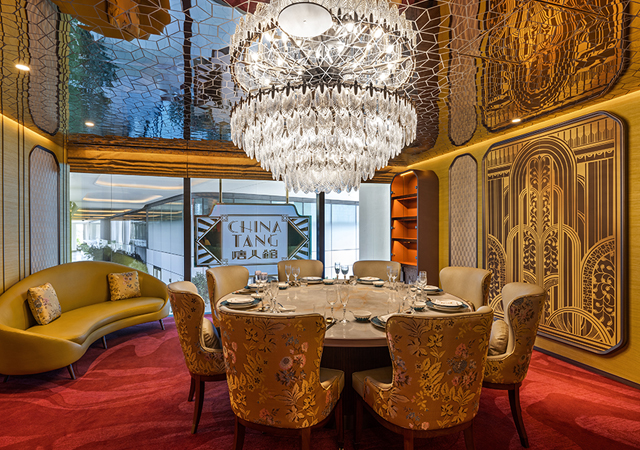
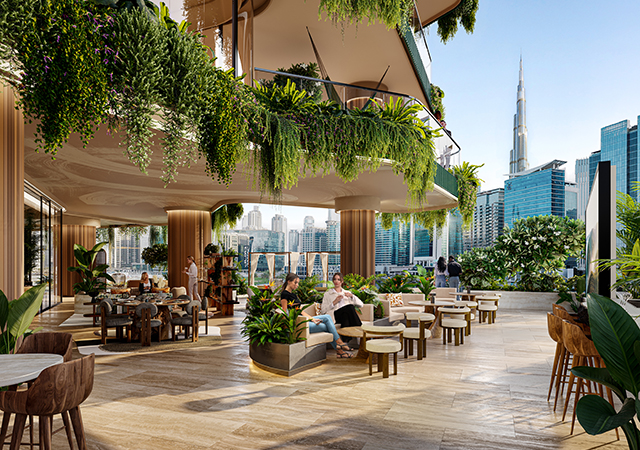
.jpg)
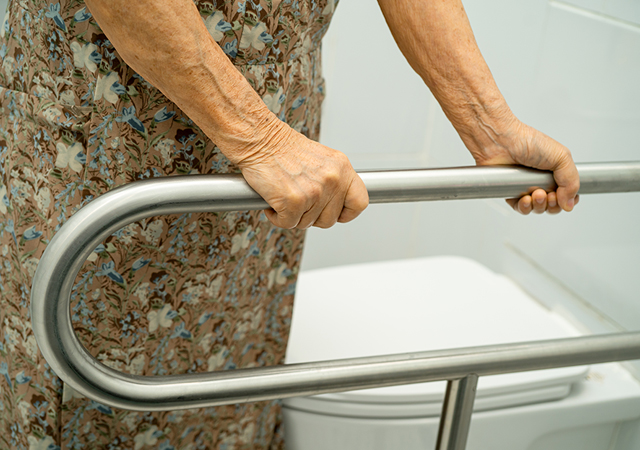



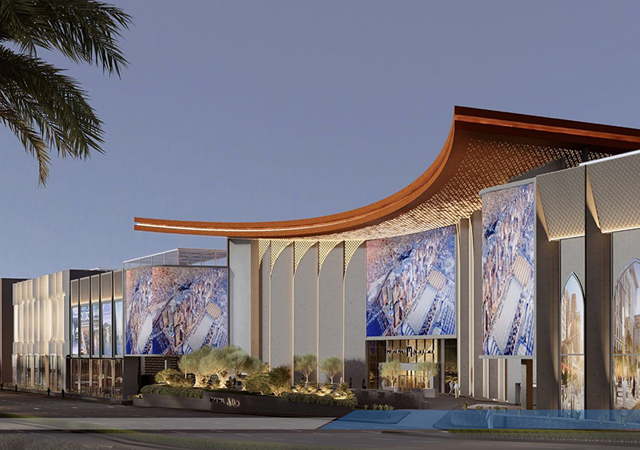
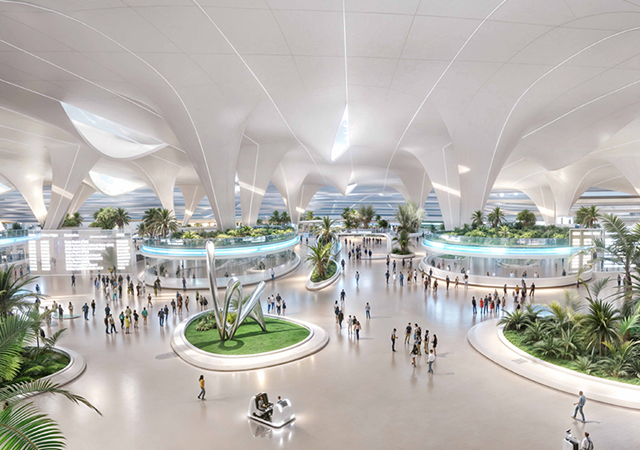
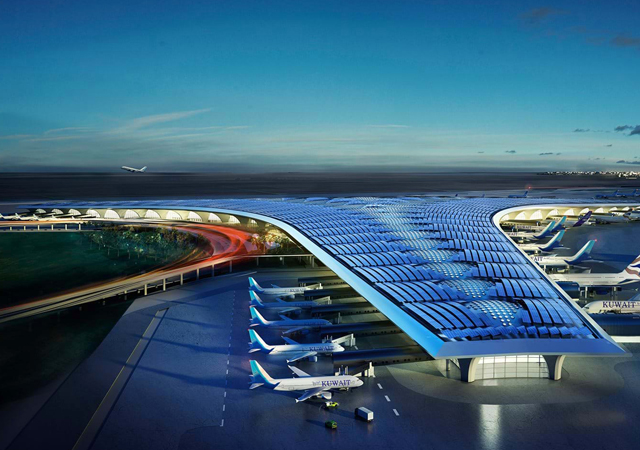
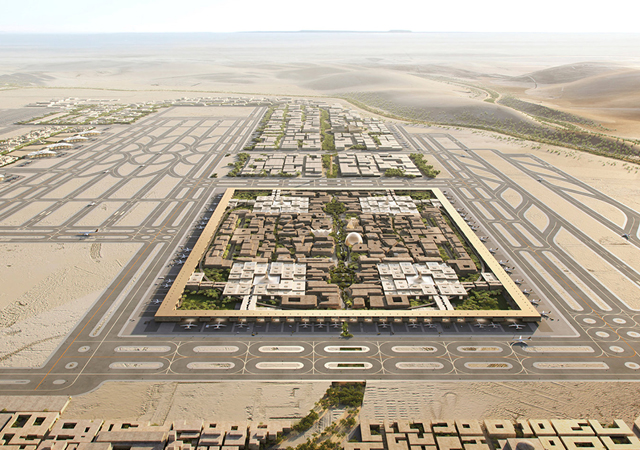
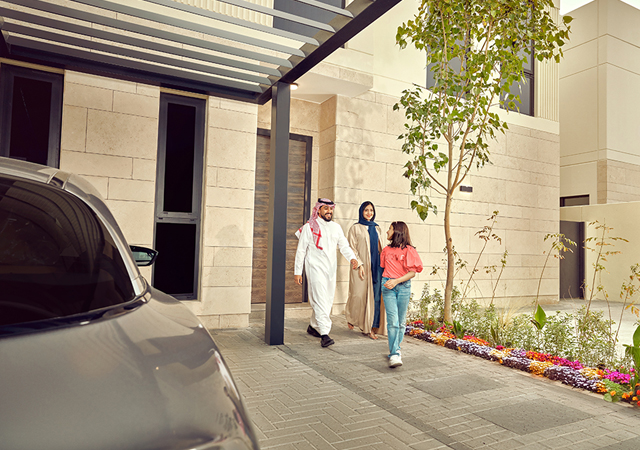
.jpg)
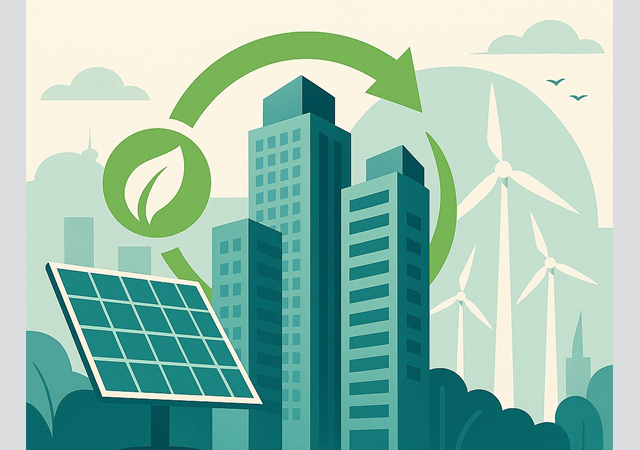
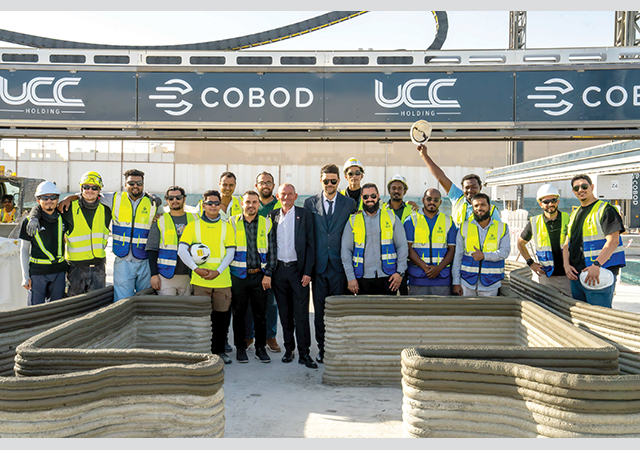
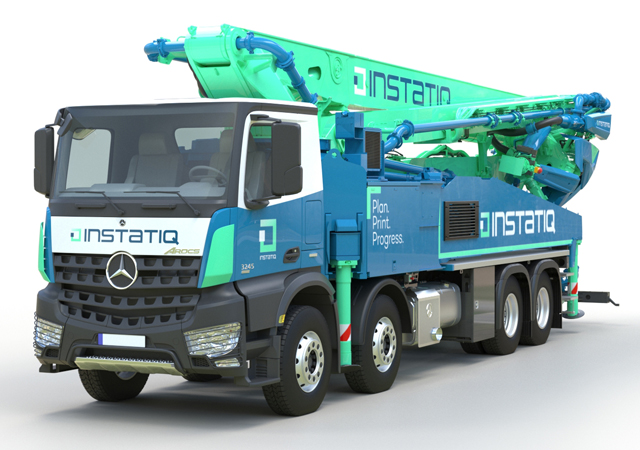
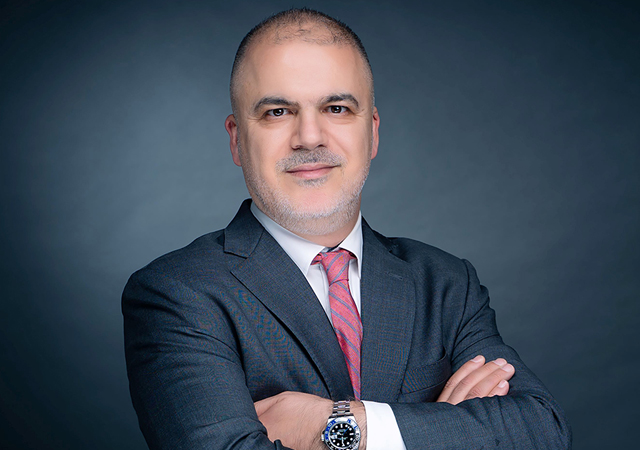
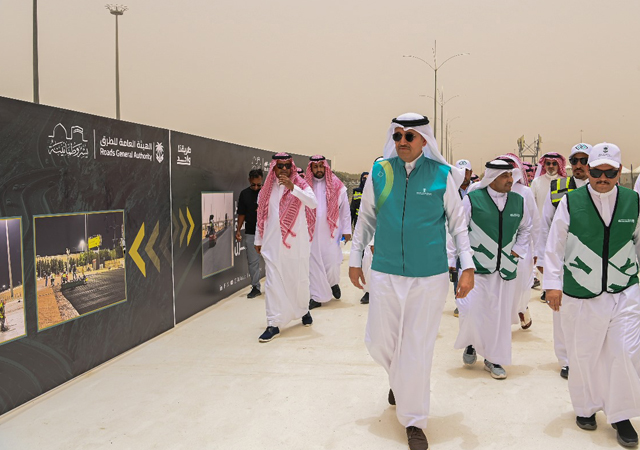
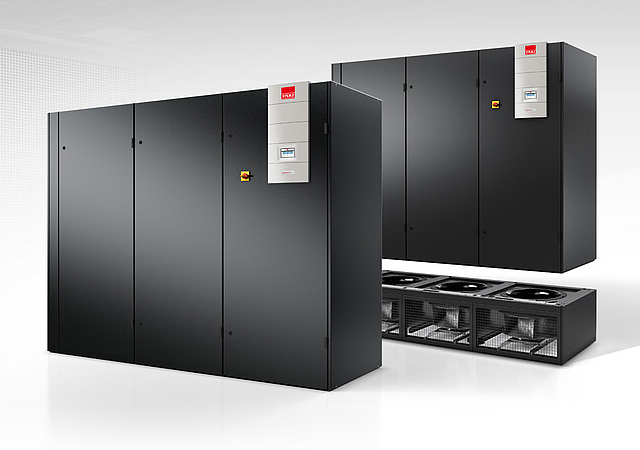
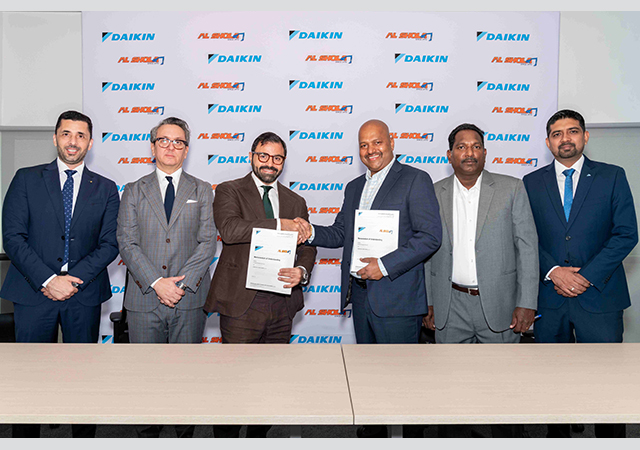

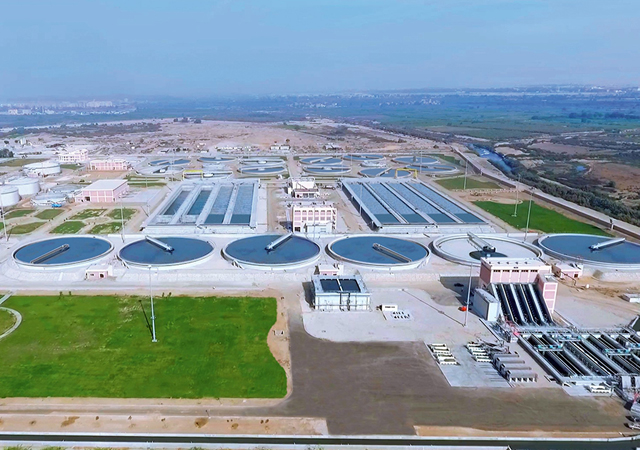
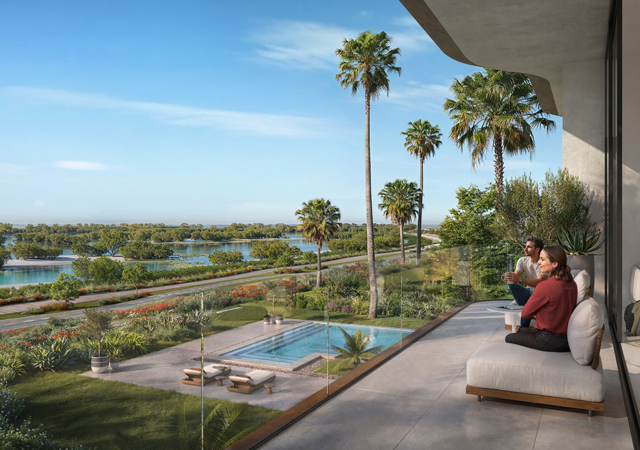
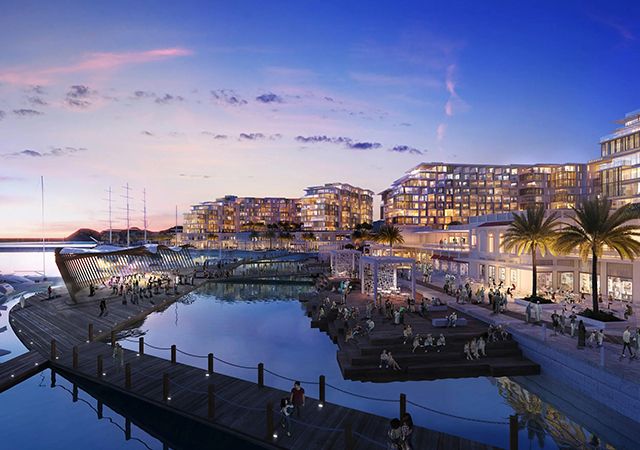

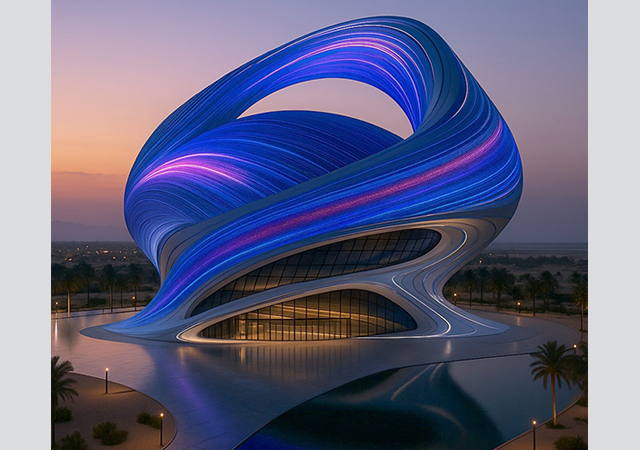
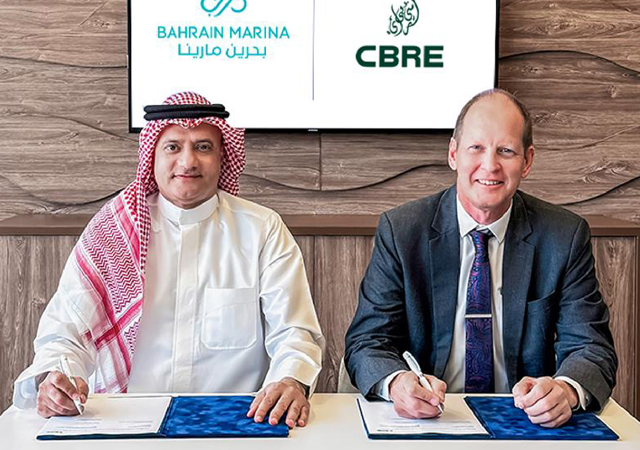
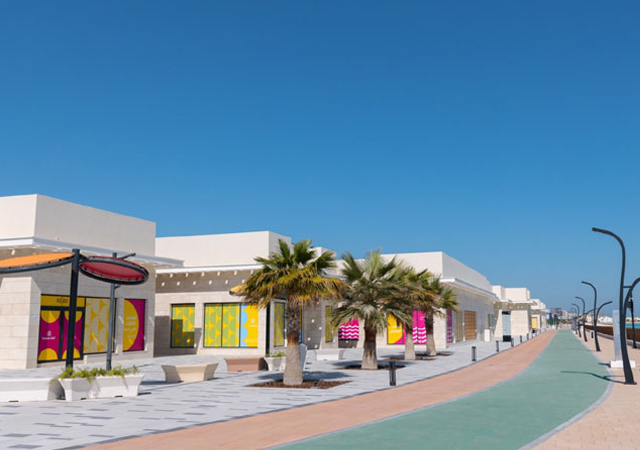
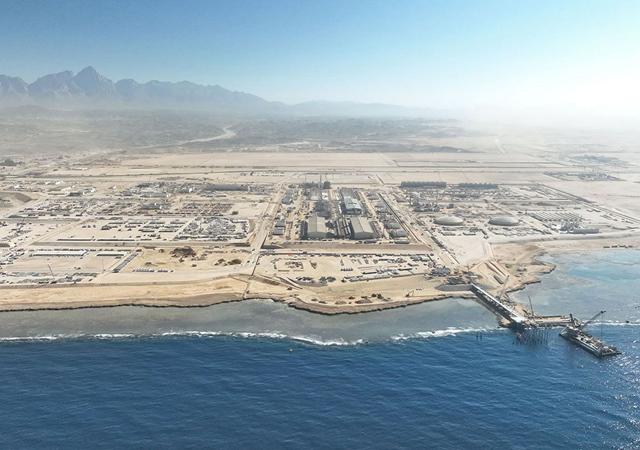
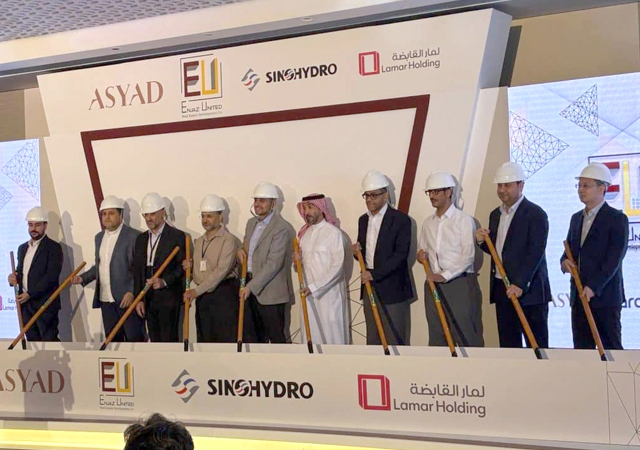
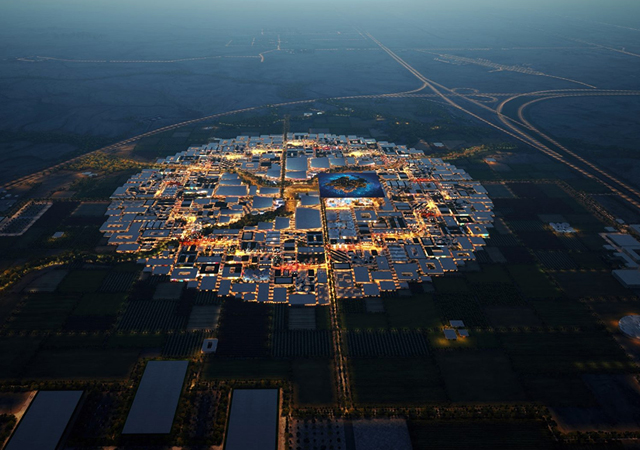
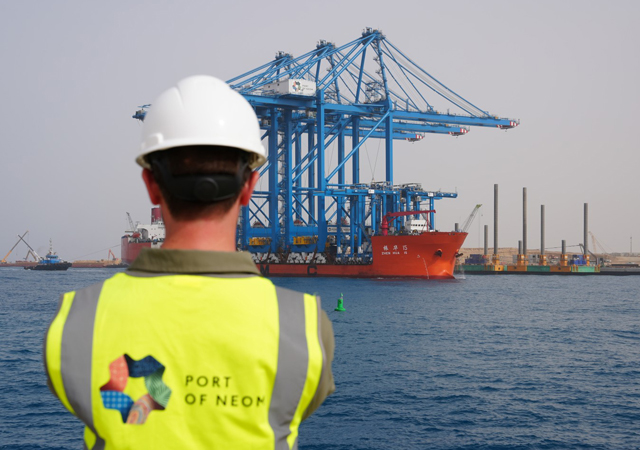
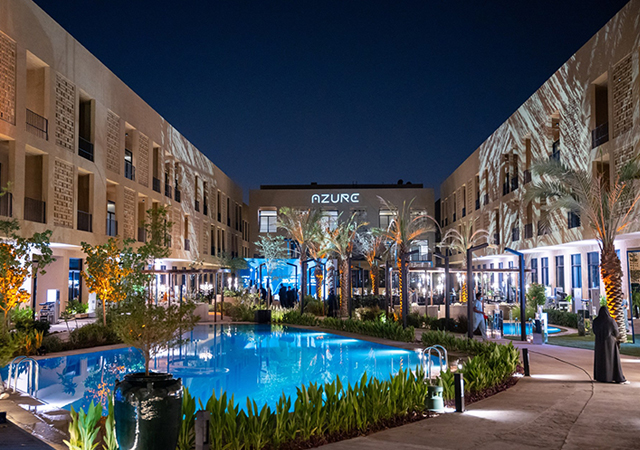
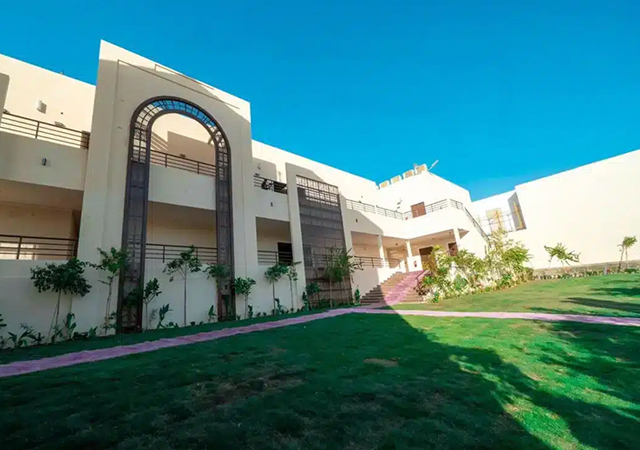

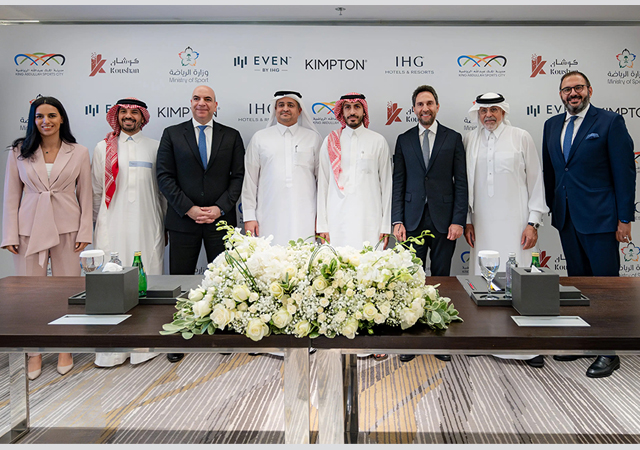
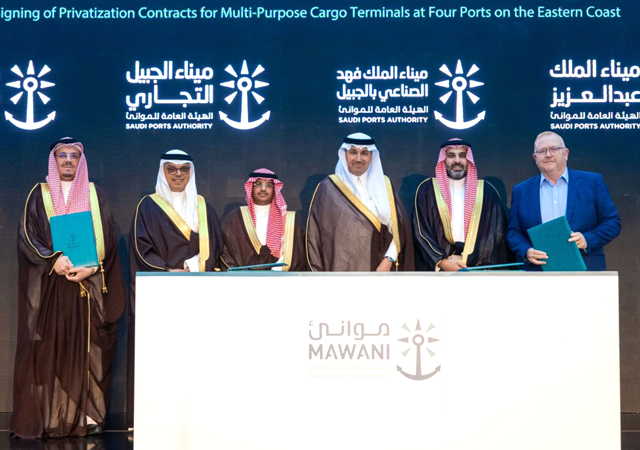
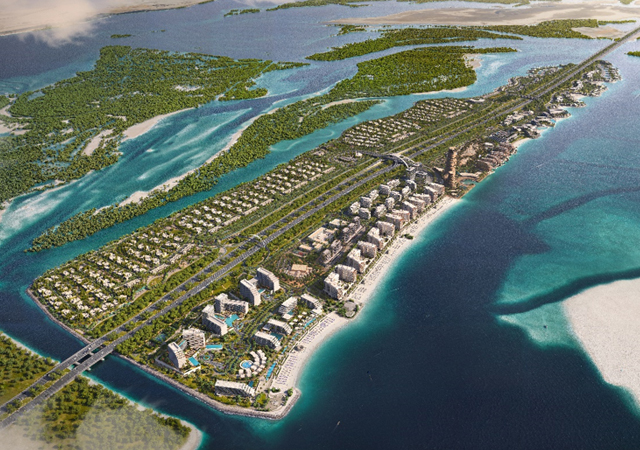
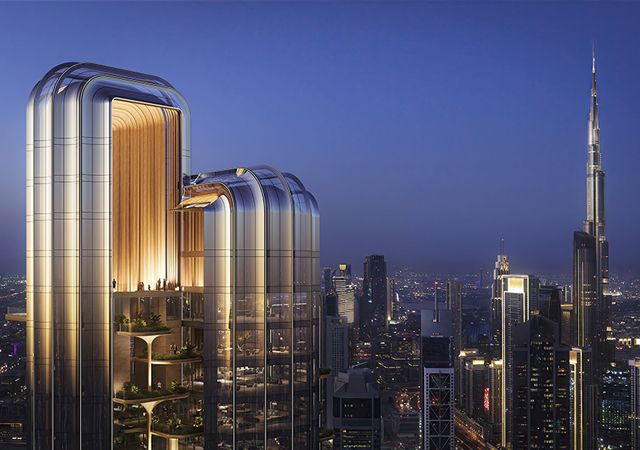
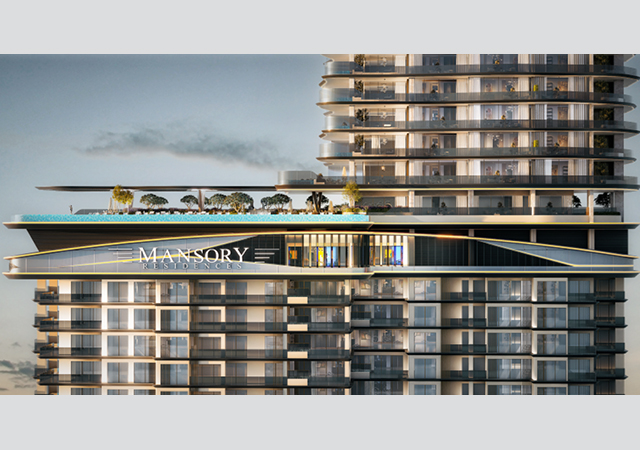
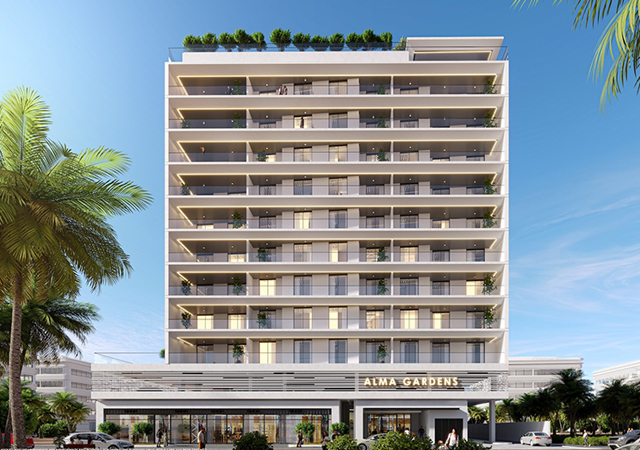

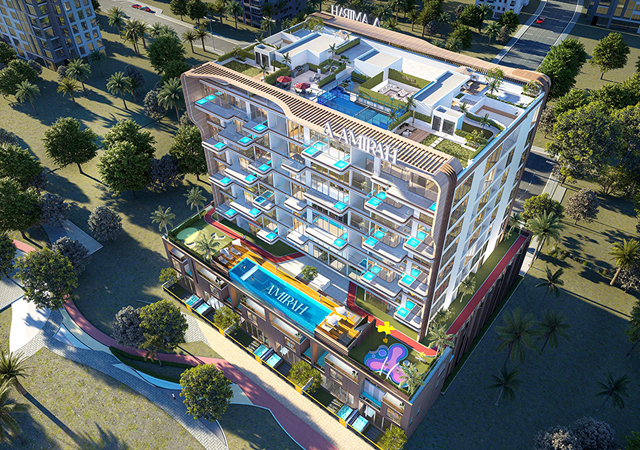
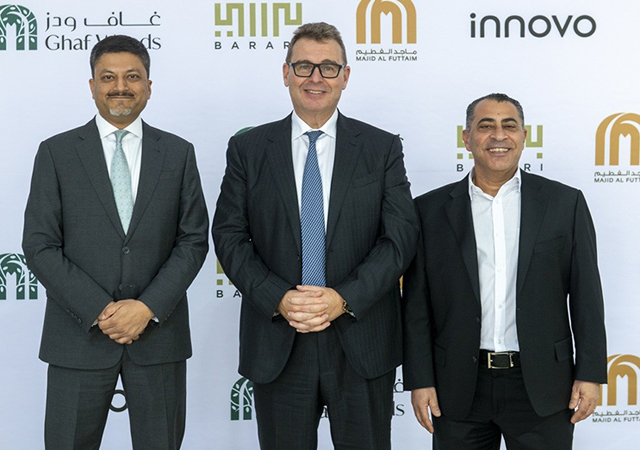
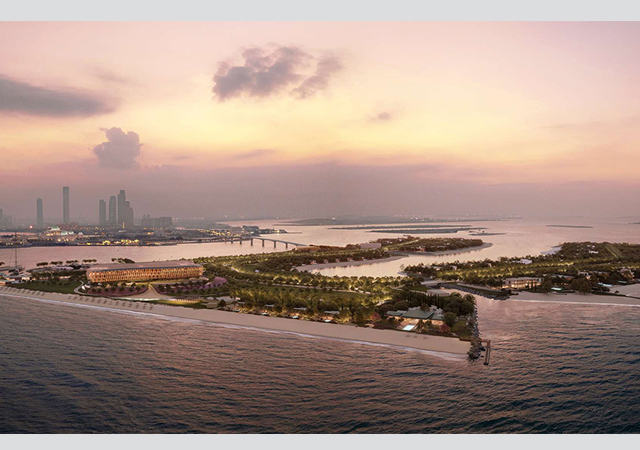
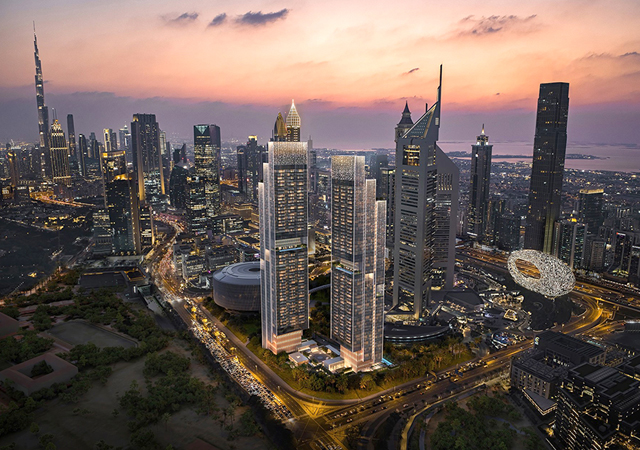
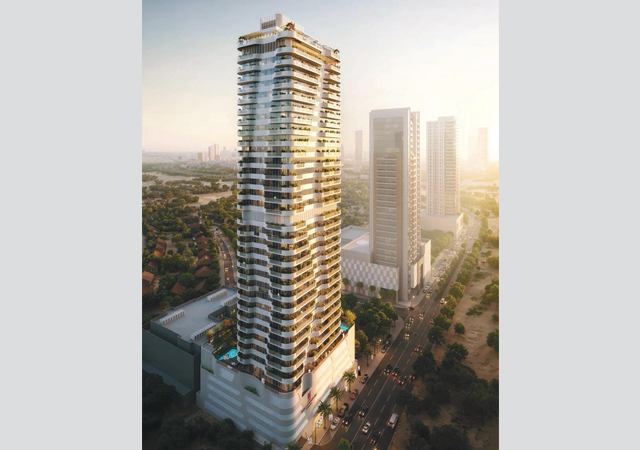
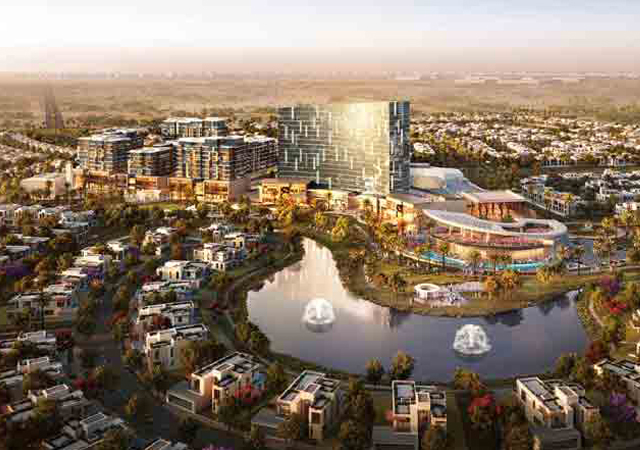
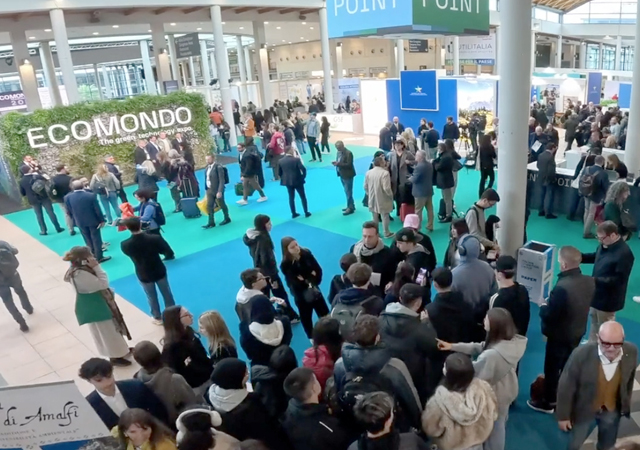
.jpg)








